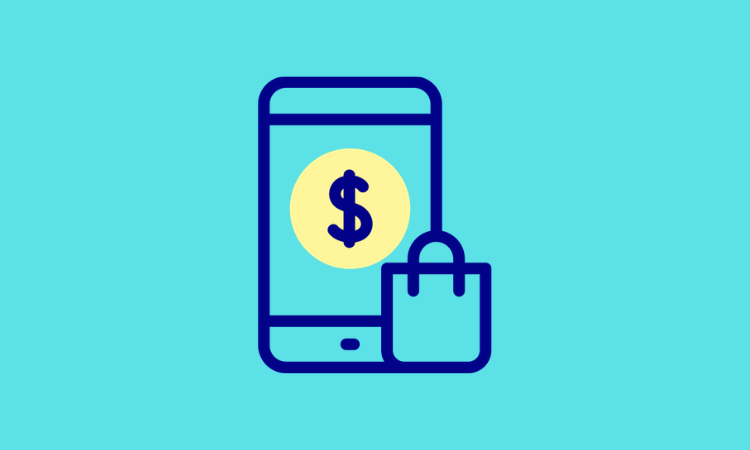Member Exclusive, Podcasts
Square’s David Rusenko discusses the effect of COVID-19 on Square’s ecommerce plans
- A year after the relaunch of Square Online Store, the company sees new demand among brick-and-mortar merchants.
- The legacy of COVID-19 will be enhanced flexibility for consumers and merchants, allowing for a multitude of payment, delivery and channel preferences.










